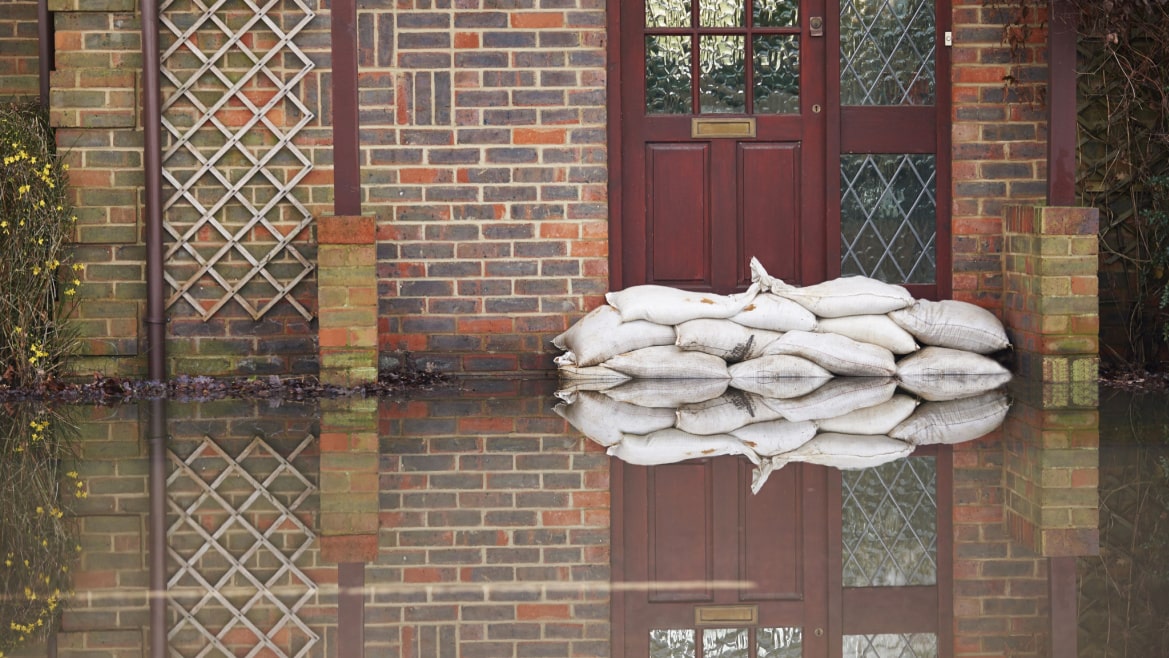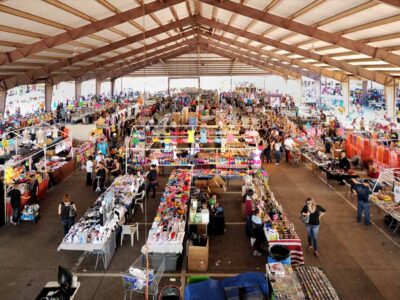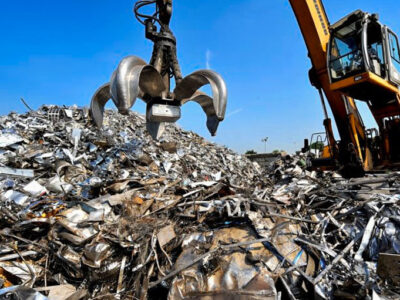
When you think of sandbags, the first thing that comes to mind is often flood protection. While sandbags are indeed effective for preventing and mitigating flood damage, their usefulness extends far beyond that. Sandbags are versatile and practical tools that find applications in various settings. In this article, we will explore the many uses of sandbags beyond flood protection, highlighting their versatility and benefits in different contexts.
Erosion Control:
Sandbags play a vital role in controlling erosion. They can be strategically placed along riverbanks, coastlines, or slopes to help prevent soil erosion caused by water flow. The weight and stability of sand bags create a barrier that helps slow down water movement and protect vulnerable areas from erosion.
Construction and Building:
Sandbags are frequently used in construction and building projects. They serve as temporary or permanent supports, stabilizing structures and providing stability during excavation or foundation work. Sandbags can also be used for ballast or as building blocks for creating temporary walls or structures.
Weight and Stability:
Sandbags are an excellent solution for adding weight and stability in various situations. They can be used to secure signs, tents, and banners, preventing them from being blown away by strong winds. Additionally, sandbags can be utilized to anchor lightweight equipment or structures to the ground, ensuring their stability and preventing tipping or movement.
Fitness and Training:
Sandbags offer an effective and versatile tool for fitness and strength training. Filled with sand, they provide an adjustable weight that can be used for resistance exercises, functional training, or even as an alternative to traditional weights. Sandbags allow for dynamic movements, challenging the muscles in a different way and improving functional strength.
Barrier Protection:
Sandbags are useful for creating barriers and partitions in various settings. They can be used to define boundaries or redirect foot traffic at outdoor events, festivals, or construction sites. Sandbags can also act as temporary barriers to protect areas under construction or to isolate hazardous zones.
Soundproofing:
Sandbags have sound-absorbing properties, making them suitable for soundproofing applications. They can be used to reduce noise transmission in recording studios, music practice rooms, or even in homes where sound insulation is desired. Stacking sandbags against walls or constructing sandbag barriers can help dampen sound and create a quieter environment.
Gardening and Landscaping:
Sandbags have practical uses in gardening and landscaping. They can be employed to create raised beds, retaining walls, or erosion barriers in gardens or on slopes. Sandbags filled with soil can serve as planters or provide temporary landscape features for events or exhibitions.
Emergency Weight or Ballast:
In emergency situations such as hurricanes or strong winds, sandbags can be used as emergency weight or ballast to secure lightweight objects that may pose a hazard. They can be placed on rooftops, tarps, or other structures to prevent them from being lifted or blown away by strong winds, protecting both property and people.
Conclusion:
Sandbags are incredibly versatile tools that offer far-reaching applications beyond flood protection. Their strength, stability, and adjustability make them suitable for erosion control, construction, weight and stability purposes, fitness training, barrier protection, soundproofing, gardening, and emergency situations. By recognizing the many uses of sandbags, we can fully appreciate their versatility and make the most of these practical tools in various contexts.






